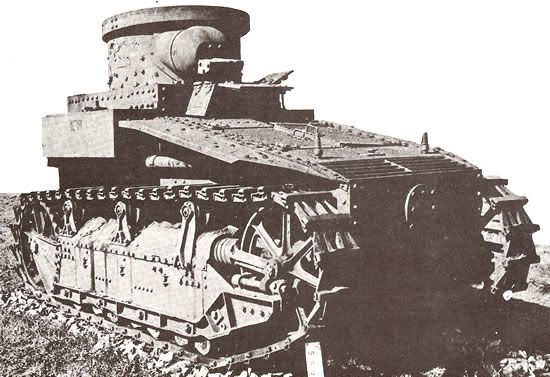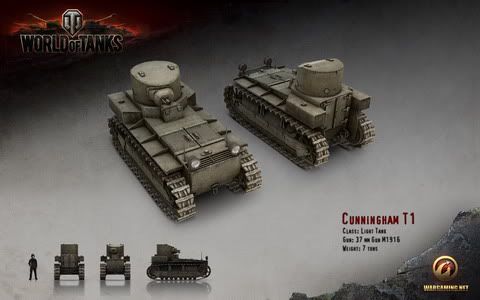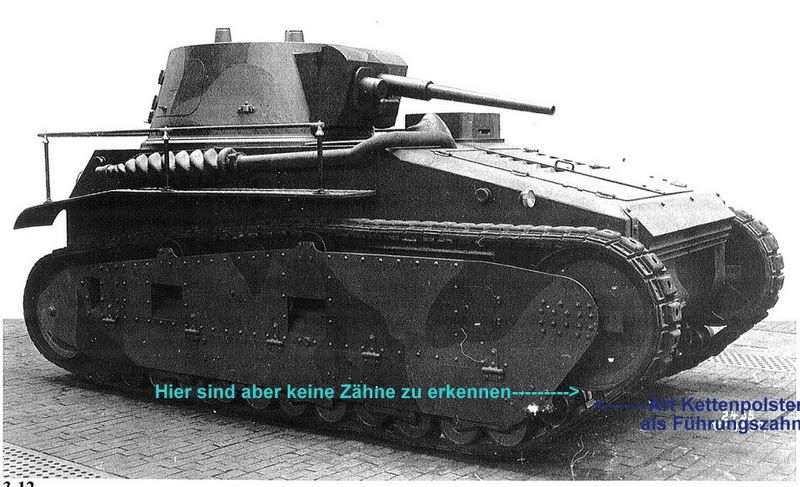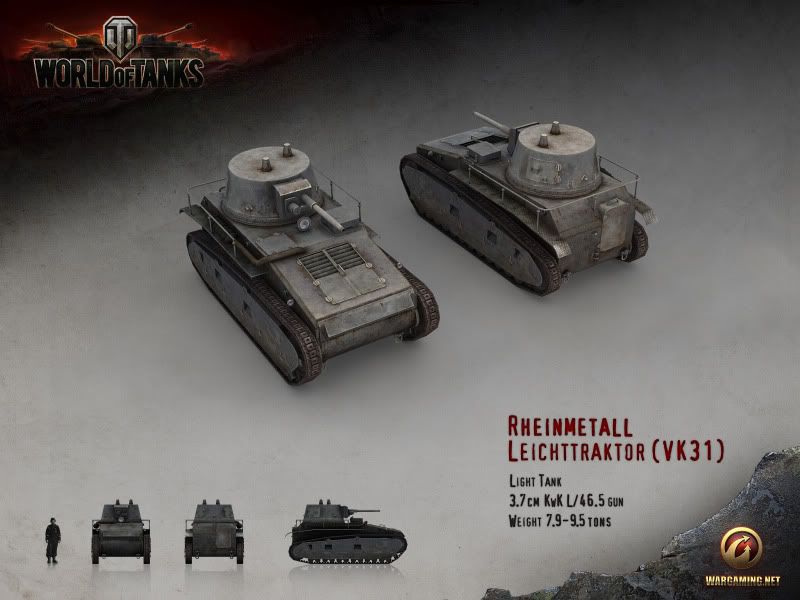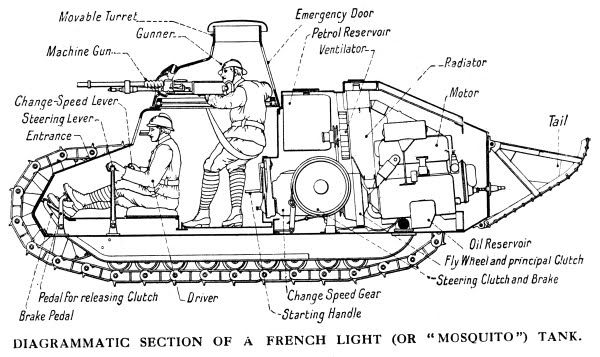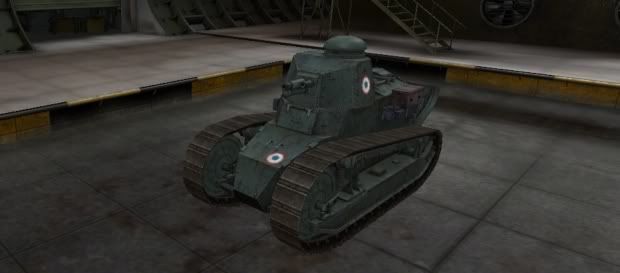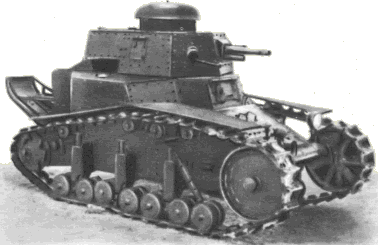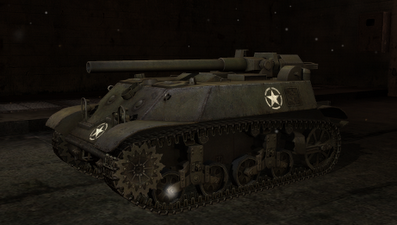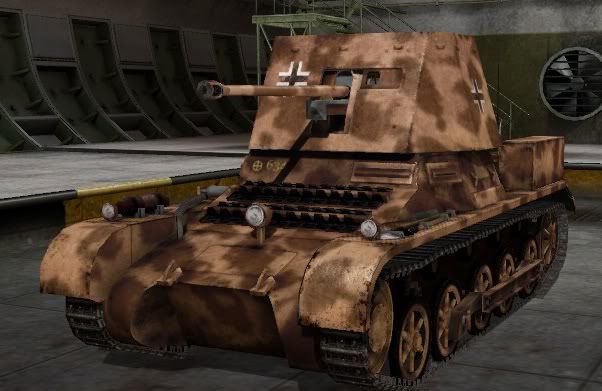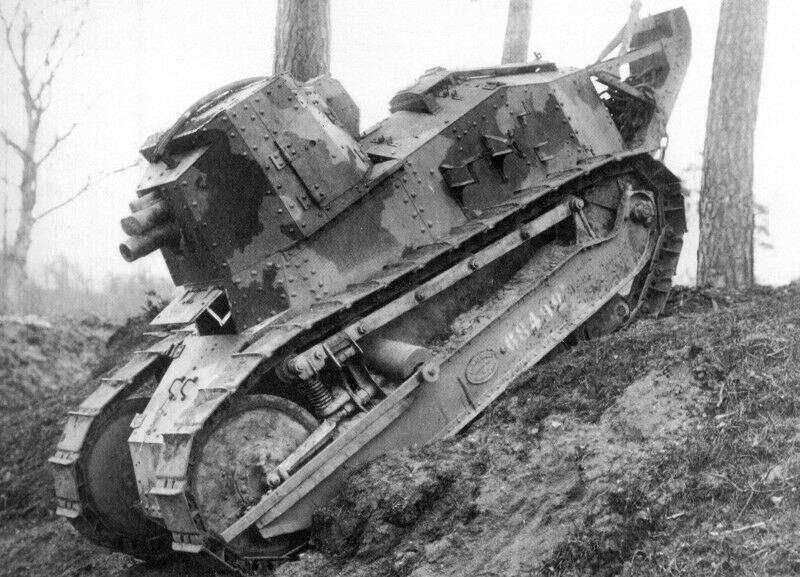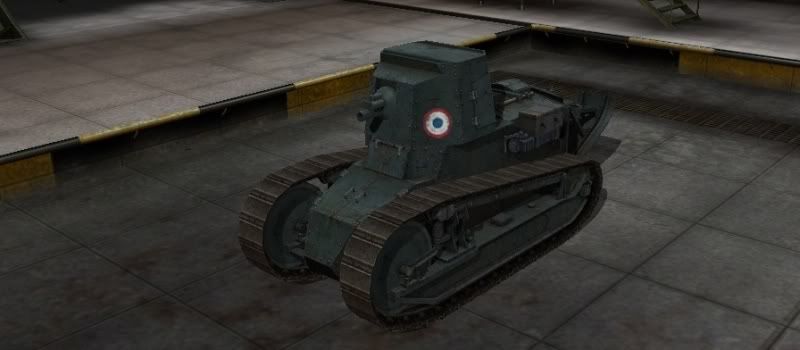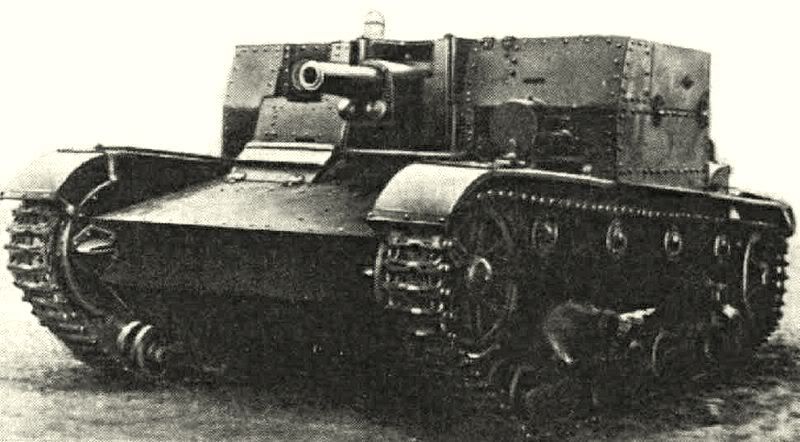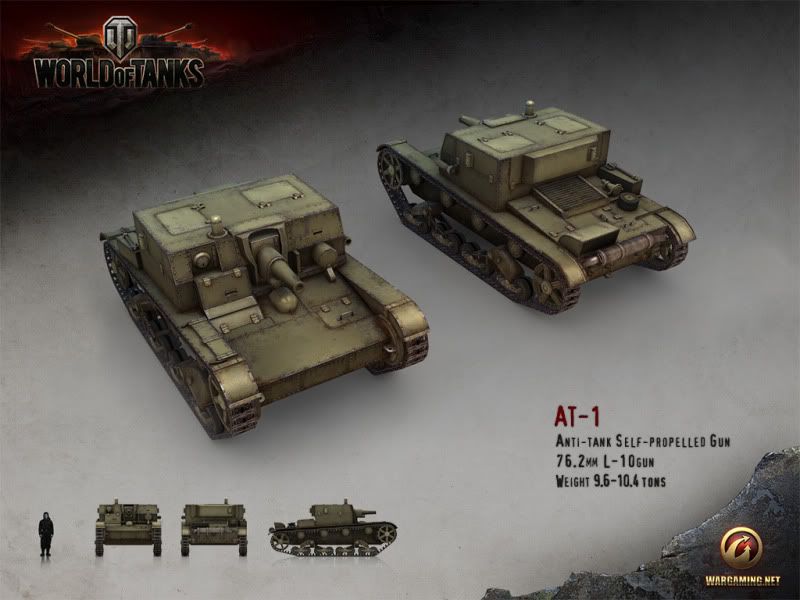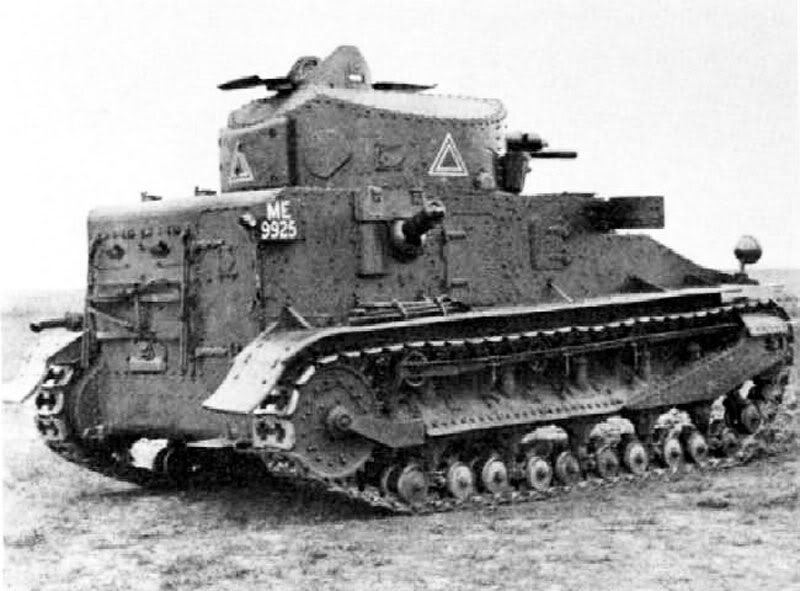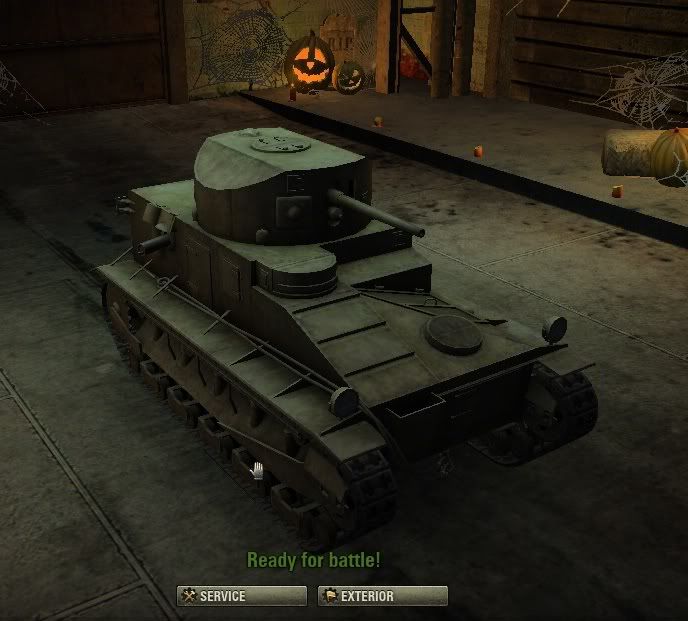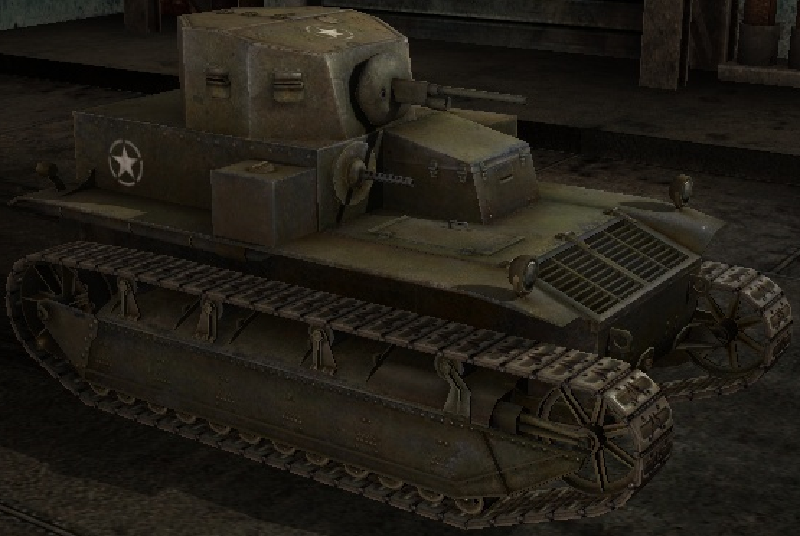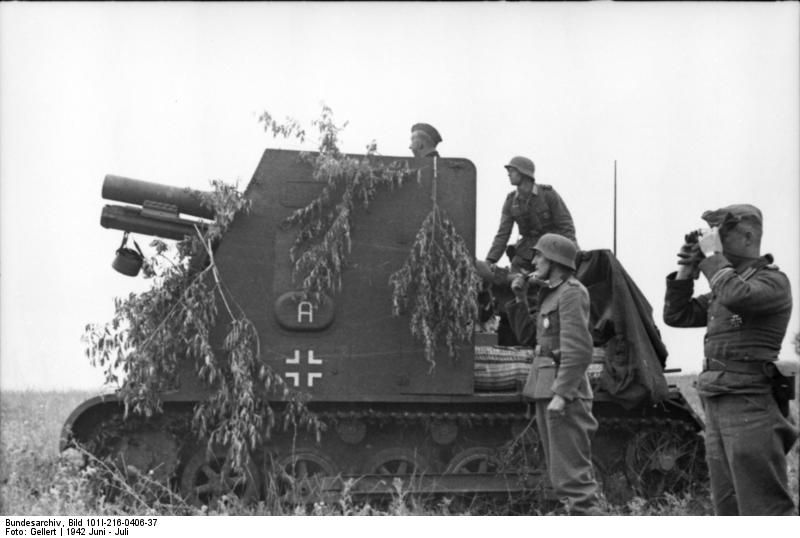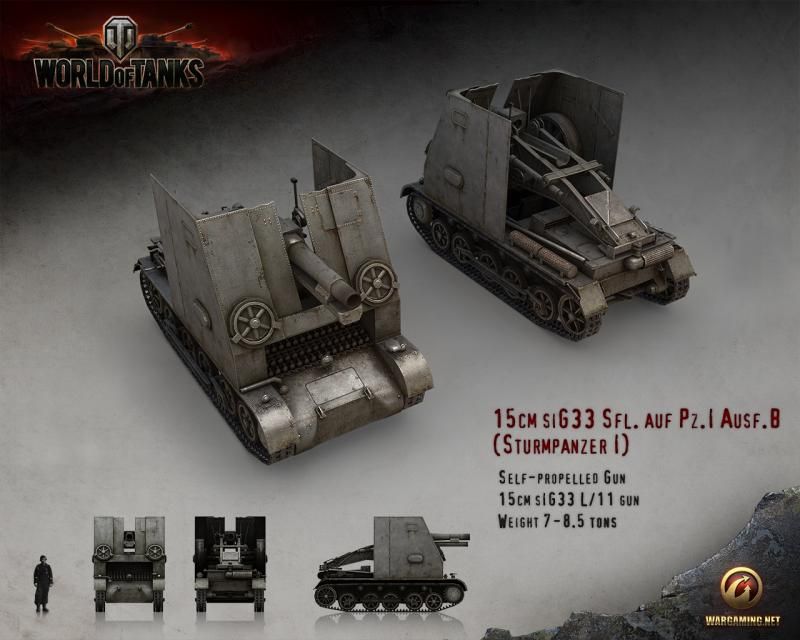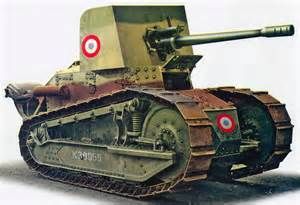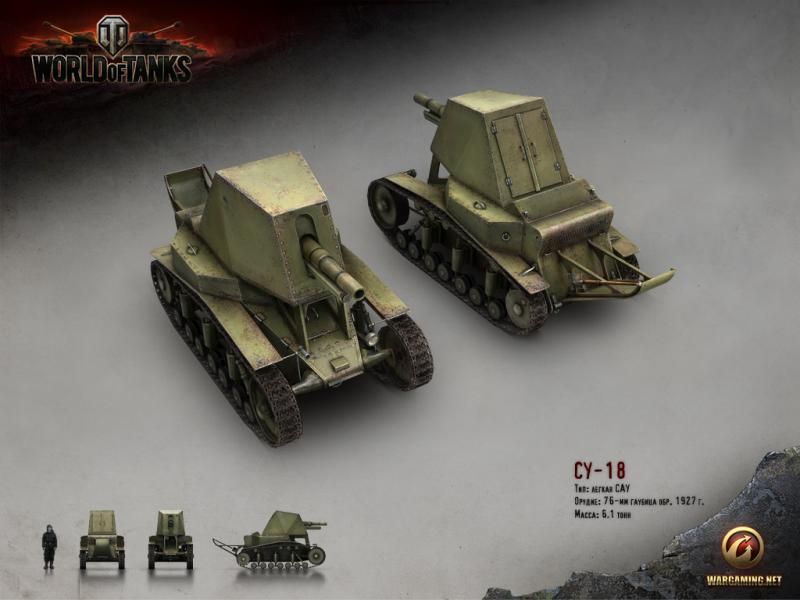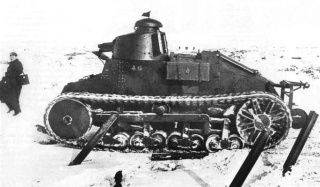Aristaeus
A-List Customer
- Messages
- 407
- Location
- Pensacola FL
I ran across this game on FB, and have been playing it quite a allot in the last few days. It's worth checking out.
[video=youtube;JZjoHCf0wsI]http://www.youtube.com/watch?v=JZjoHCf0wsI&list=PL7B8164CDA714B793&index=1&feature=plpp_video[/video]
"World of Tanks is a multiplayer online game developed featuring mid-20th century era fighting vehicles. It is built upon a freemium business model where participants have the option of paying a small fee to advance at an accelerated rate. The focus is on player vs. player gameplay with each player controlling a tank or armored vehicle.
The players in World of Tanks can choose four primary types of battles: random battles, team-training battles, tank-company battles, and clan battles.
In random battles players are automatically assigned to one of two teams. On a free account up to two friends/players can platoon together ensuring they get placed on the same team. In clan battles, gamers fight for a particular clan on a simplified map of Europe.You can also earn the Gold currency for adding optional equipment or exchanging Free experience. Tank-company battles are like clan battles, but anyone (up to 15 people) can join your tank company. When you have your tank company filled up, matchmaking will put you against another, random tank company on a random map.
Each team can have no more than 15 players in it - giving a total of 30 per battle. The goal of each team is to eliminate the enemy or capture their base. Rewards are mostly proportional to damage inflicted.
The basic mode of the game is team deathmatch / capture the flag, where teamwork takes precedence over "lone wolf" style play. Combat begins with players squaring off at predetermined locations, usually directly across from each other on the maps. Typically between 400 meters and 1 km distance exists between the two teams."
[video=youtube;4Mtqzsv3s7A]http://www.youtube.com/watch?v=4Mtqzsv3s7A&feature=related[/video]
http://worldoftanks.com/
[video=youtube;JZjoHCf0wsI]http://www.youtube.com/watch?v=JZjoHCf0wsI&list=PL7B8164CDA714B793&index=1&feature=plpp_video[/video]
"World of Tanks is a multiplayer online game developed featuring mid-20th century era fighting vehicles. It is built upon a freemium business model where participants have the option of paying a small fee to advance at an accelerated rate. The focus is on player vs. player gameplay with each player controlling a tank or armored vehicle.
The players in World of Tanks can choose four primary types of battles: random battles, team-training battles, tank-company battles, and clan battles.
In random battles players are automatically assigned to one of two teams. On a free account up to two friends/players can platoon together ensuring they get placed on the same team. In clan battles, gamers fight for a particular clan on a simplified map of Europe.You can also earn the Gold currency for adding optional equipment or exchanging Free experience. Tank-company battles are like clan battles, but anyone (up to 15 people) can join your tank company. When you have your tank company filled up, matchmaking will put you against another, random tank company on a random map.
Each team can have no more than 15 players in it - giving a total of 30 per battle. The goal of each team is to eliminate the enemy or capture their base. Rewards are mostly proportional to damage inflicted.
The basic mode of the game is team deathmatch / capture the flag, where teamwork takes precedence over "lone wolf" style play. Combat begins with players squaring off at predetermined locations, usually directly across from each other on the maps. Typically between 400 meters and 1 km distance exists between the two teams."
[video=youtube;4Mtqzsv3s7A]http://www.youtube.com/watch?v=4Mtqzsv3s7A&feature=related[/video]
http://worldoftanks.com/
